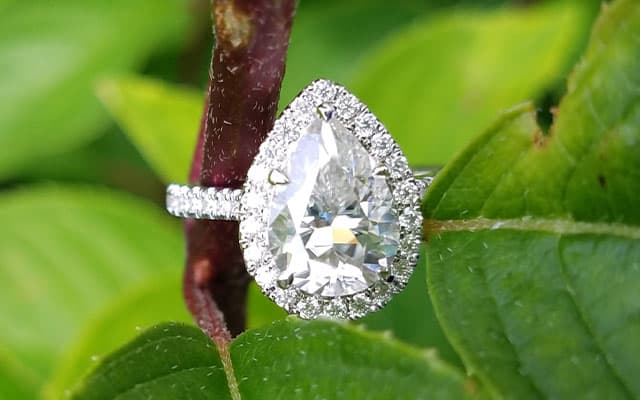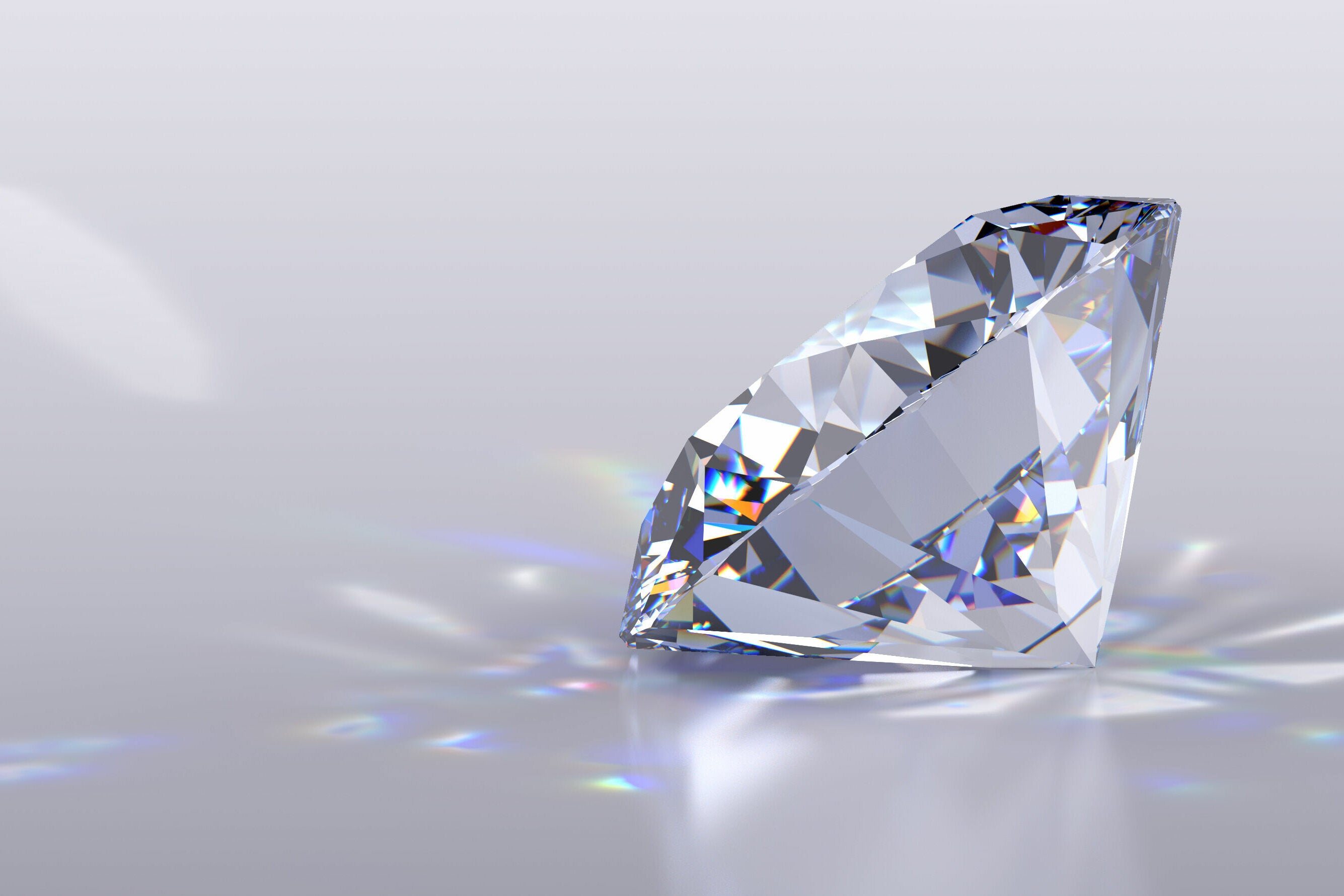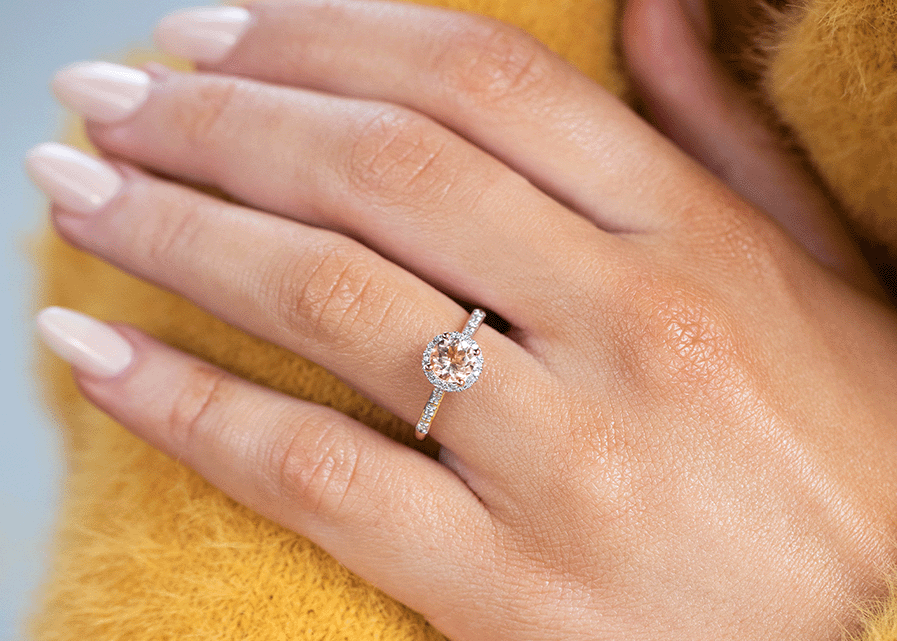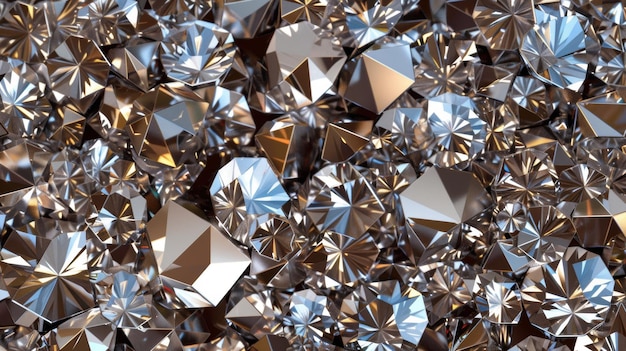The Rise of Diamond Studs with Man-Made Diamonds: A Modern Elegance

Introduction
Diamond studs have long been a symbol of sophistication and timeless elegance. Traditionally, these sparkling pieces of jewelry were crafted from natural diamonds, but in recent years, man-made diamonds have emerged as a compelling alternative. With advancements in technology and a growing emphasis on ethical practices, man-made diamonds are transforming the world of fine jewelry. This article delves into the allure of diamond studs featuring man-made diamonds, exploring their benefits, the technology behind them, and how they compare to their natural counterparts.
What Are Man-Made Diamonds?
Man-made diamonds, also known as synthetic or lab-grown diamonds, are real diamonds created in controlled environments. Unlike natural diamonds that form over millions of years under the Earth’s surface, man-made diamonds are produced using advanced technological processes. The two primary methods for creating these diamonds are High Pressure High Temperature (HPHT) and Chemical Vapor Deposition (CVD).
High Pressure High Temperature (HPHT) Method
The HPHT method simulates the high-pressure, high-temperature conditions found deep within the Earth. Carbon atoms are subjected to extreme pressure and temperature, leading to the formation of diamonds. This process mimics natural diamond formation and results in diamonds that are chemically and physically identical to their natural counterparts.
Chemical Vapor Deposition (CVD) Method
The CVD method involves placing a carbon-rich gas into a chamber and using microwave energy to break down the gas molecules, allowing carbon atoms to deposit onto a substrate and crystallize into diamond. This method offers more control over the diamond’s characteristics, including its color and clarity.
Why Choose Man-Made Diamonds for Diamond Studs?
Choosing man-made diamonds for diamond studs offers several compelling advantages, making them an attractive option for modern consumers.
Ethical and Environmental Considerations
One of the most significant benefits of man-made diamonds is their ethical and environmental impact. Unlike natural diamonds, which are often associated with exploitative mining practices and environmental degradation, man-made diamonds are created with minimal ecological footprint. Additionally, they are free from the controversial “blood diamond” trade, providing a guilt-free alternative for conscientious buyers.
Cost-Effectiveness
Man-made diamonds are typically more affordable than natural diamonds of similar quality. The cost savings arise from the controlled production environment, which eliminates the need for extensive mining operations and reduces the supply chain’s complexity. As a result, consumers can enjoy high-quality diamond studs at a fraction of the price.
Customization and Consistency
The technological precision involved in creating man-made diamonds allows for greater customization and consistency. Buyers can select from a range of colors, clarities, and sizes, ensuring that their diamond studs perfectly match their preferences. Additionally, the uniformity of man-made diamonds ensures that each piece in a pair of diamond studs is identical, enhancing their visual appeal.
Comparing Man-Made Diamonds to Natural Diamonds
While man-made diamonds offer numerous advantages, it’s essential to understand how they compare to natural diamonds. Here’s a detailed comparison of the two:
Composition and Appearance
Both man-made and natural diamonds share the same chemical composition: carbon atoms arranged in a crystal lattice structure. This means that, to the naked eye, they are indistinguishable. However, experts can differentiate between them using specialized equipment, such as spectrometers and diamond testers.
Value and Rarity
Natural diamonds are often perceived as more valuable due to their rarity and the geological processes that formed them. In contrast, man-made diamonds are created in a controlled environment, making them more readily available and less expensive. This difference in value is reflected in the price of diamond studs.
Resale Value
Natural diamonds generally hold their value better over time, partly due to their rarity and historical significance. Man-made diamonds, being more affordable and readily available, may not retain their value as well. However, this is less of a concern for many buyers who prioritize ethical considerations and cost savings.
Caring for Your Diamond Studs
Regardless of whether your diamond studs feature natural or man-made diamonds, proper care is essential to maintain their sparkle and longevity. Here are some tips for keeping your diamond studs in pristine condition:
Regular Cleaning: Clean your diamond studs regularly to remove dirt and oils. Use a mild detergent and a soft brush to gently clean the stones.
Safe Storage: Store your diamond studs in a soft cloth or jewelry box to prevent scratches and damage. Avoid storing them with other jewelry pieces.
Professional Maintenance: Have your diamond studs professionally inspected and serviced periodically to ensure that the settings are secure and the diamonds are in good condition.
Conclusion
Diamond studs featuring man made diamonds represent a modern twist on a classic accessory. Offering ethical and environmental benefits, cost-effectiveness, and customizable options, they provide a compelling choice for contemporary consumers. Whether you are drawn to their affordability or their contribution to sustainable practices, man-made diamond studs are a testament to the evolving landscape of fine jewelry.





